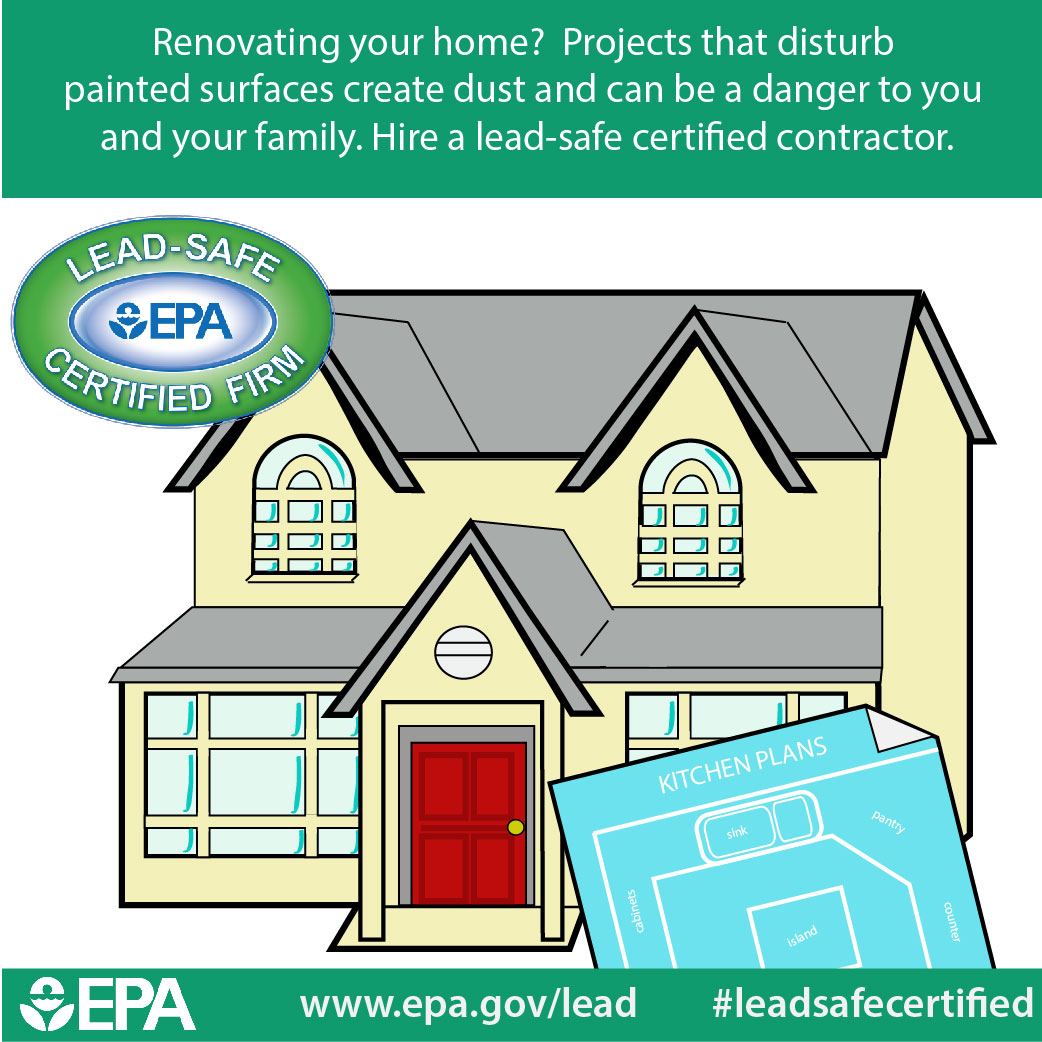Important Seasonal Aspects Of Commercial Exterior Paint: What You Ought To Comprehend
Important Seasonal Aspects Of Commercial Exterior Paint: What You Ought To Comprehend
Blog Article
Written By-Aguilar Rodriquez
When you're preparing an industrial outside painting job, seasonal factors can make or break your results. You'll intend to think about just how temperature level and humidity influence paint application and drying times. Picking the ideal period can guarantee your paint sticks correctly and lasts much longer. But which seasons are truly the best for this kind of work? Let's check out the crucial elements that can influence your job's success.
The Impact of Temperature Level on Paint Application
When you're intending a business outside painting task, the temperature level can dramatically impact how well the paint sticks and dries.
Preferably, you intend to repaint when temperature levels range in between 50 ° F and 85 ° F. If it's as well cold, the paint might not cure properly, causing problems like peeling or fracturing.
On the other hand, if it's too warm, the paint can dry as well rapidly, stopping appropriate adhesion and resulting in an unequal surface.
You must additionally consider the time of day; early morning or late afternoon uses cooler temperatures, which can be much more desirable.
Always check the maker's recommendations for the details paint you're utilizing, as they typically offer guidance on the perfect temperature array for optimal outcomes.
Humidity and Its Result on Drying Times
Temperature isn't the only environmental variable that affects your business outside paint task; moisture plays a considerable function as well. High moisture degrees can decrease drying out times substantially, impacting the total top quality of your paint work.
When the air is saturated with dampness, the paint takes longer to heal, which can cause problems like inadequate bond and a greater danger of mildew development. If you're repainting on an especially moist day, be planned for prolonged delay times in between layers.
Read Significantly more to check neighborhood climate condition and plan as necessary. Preferably, aim for humidity degrees between 40% and 70% for optimum drying.
Keeping these factors in mind guarantees your project stays on track and supplies an enduring finish.
Best Seasons for Commercial Exterior Paint Projects
What's the best season for your business external painting projects?
Spring and early loss are normally your best options. During these seasons, temperatures are moderate, and moisture degrees are usually lower, creating ideal problems for paint application and drying.
Prevent summer season's intense heat, which can trigger paint to dry too swiftly, leading to poor bond and finish. In a similar way, winter's cool temperatures can prevent proper drying out and treating, risking the longevity of your paint job.
Go for days with temperatures in between 50 ° F and 85 ° F for optimal results. Bear in mind to inspect the local weather prediction for rainfall, as damp conditions can destroy your job.
https://independent-painters-near32219.newsbloger.com/36224394/insights-from-homeowners-efficient-approaches-for-partnering-with-painting-service-providers around these variables ensures your painting task runs efficiently and lasts much longer.
Final thought
Finally, planning your industrial external painting jobs around seasonal considerations can make a significant distinction in the outcome. By scheduling work throughout the excellent temperatures and humidity levels, you'll guarantee much better adhesion and drying times. Keep in mind to watch on neighborhood weather report and pick the right time of year-- springtime and very early autumn are your best options. Taking minneapolis interior painting contractor will certainly assist you accomplish a resilient and professional surface that lasts.
